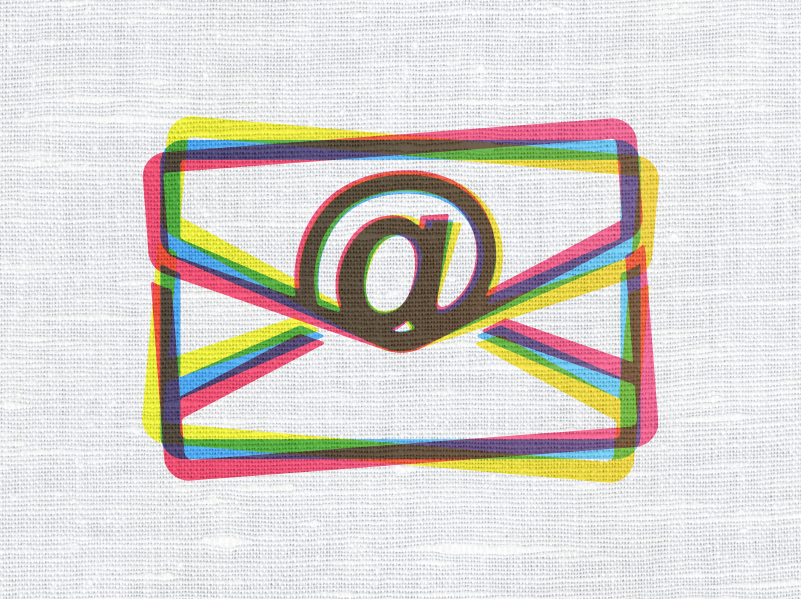![]()
As a self-proclaimed written communication junkie, you’ll often find my dual 24-inch computer monitors busy with a number of open windows. I have my work email and personal email accounts up. Two to three IM windows are blinking, and my cellphone is close by to receive texts.
And then it happened….I started feeling overwhelmed by the sheer volume of information being shared with me — or more aptly, information spewed at me at any given time of the day. It was becoming distracting and I was unable to focus on work items that needed my thought and attention. Like one of Pavlov’s dogs, when the email “ping” was heard, I’d stop what I was doing and read the email.
I’ve recently read somewhere that it takes about 36 minutes to refocus on the task at hand once you’ve been distracted. Being in management, the sheer number of emails meant that I was possibly distracted every 1-2 minutes. Something had to be done. If you’re anything like me, a knowledge worker that may actually have to think about their work and not just read emails all day, you may be in search of ways to stay focused in a world where we send and receive emails for the majority of our day. Here are my favorite email management techniques. Some of them would never work based on the organization that I was in, but others have been a true sanity saver.
- Set aside specific times of the day to check your email: Now this may not work in your organization, especially if people expect you to respond to email immediately. However, I’m definitely drawn to the allure of it. I had a professor that told his class on the first day, “I check my emails three times a day, at 8 am, at lunch, and at 4 before I go home.” If you emailed him between those times, you knew that he probably won’t see your email until the next time he checked his emails. The brilliance of this was that he trained all of us as to when to expect him to read (and respond) to your email. Also, it allowed him to focus on the task at hand, whether it was teaching or research.
- Use a variety of communication tools: Not everything needs to be done in email. Sometimes, it pays to pick up the phone (or yourself out of your chair) and actually talk to the person. This can ensure a more timely response to your inquiry or line of thought, allowing you to move forward on your project. Likewise since many instant messaging (IM) programs come with screen share technology, IM can work much the same way if you need to show or demonstrate something.
- Utilize the email features that will help you manage your time: I do this one. I’ve set up my email box to ping only when I get emails from select individuals on my team because those are the ones that will have the most impact on my work. That isn’t to say that I don’t read my email constantly, just that the constant ping of an incoming email doesn’t distract me as I craft emails, read documents, or do research on a given topic. Someone I know filters email by their relationship to the sender, allowing him to see emails from the clients first, and focus on this team’s emails at one time.
- Set realistic email boundaries: This one takes a bit more willpower, but draw a line in the sand on when and how you will respond to various types of emails. For example, if your organization is good about putting people in the To and CC fields appropriately, then don’t respond to emails where you’re cc’ed. As an extension of this and the #3 listed above, in addition to the standard “From”; “Subject” and “Date” fields that are displayed in their mailbox, some of my coworkers set up their mailbox so that they can see if they are in the To or CC field, making it easier to see what emails to open and read first.
Shivani Sharma is a career Federal employee who has an interest in the role in networking plays in career development and advancement. Throughout her career, she has served as a both a formal and informal mentor at work and has volunteered in career mentorship programs. In 2010 she spearheaded a summer career mentorship program for college students, which is still active today. Finally, this interest has lead to founding a new startup (Lateral-Me, launching Summer 2016) that will increase lateral career opportunities in the Federal government.
She is also part of the GovLoop Featured Blogger program, where we feature blog posts by government voices from all across the country (and world!). To see more Featured Blogger posts, click here.





Great read. Thank you